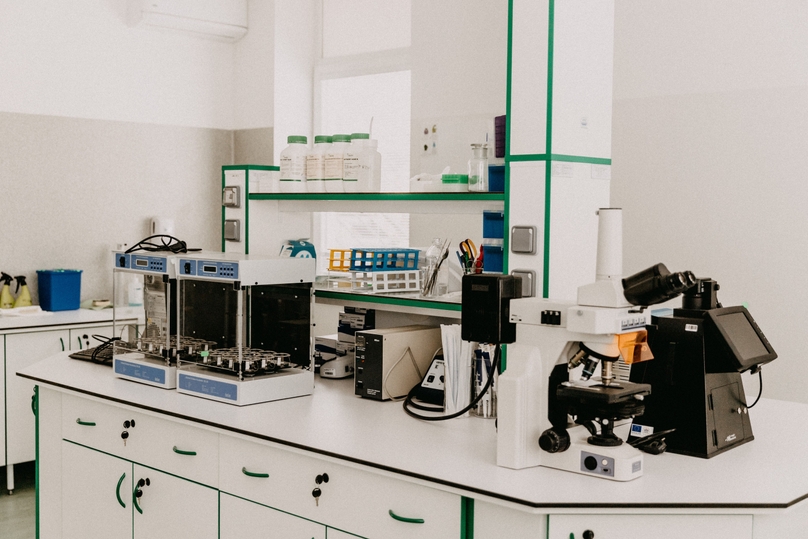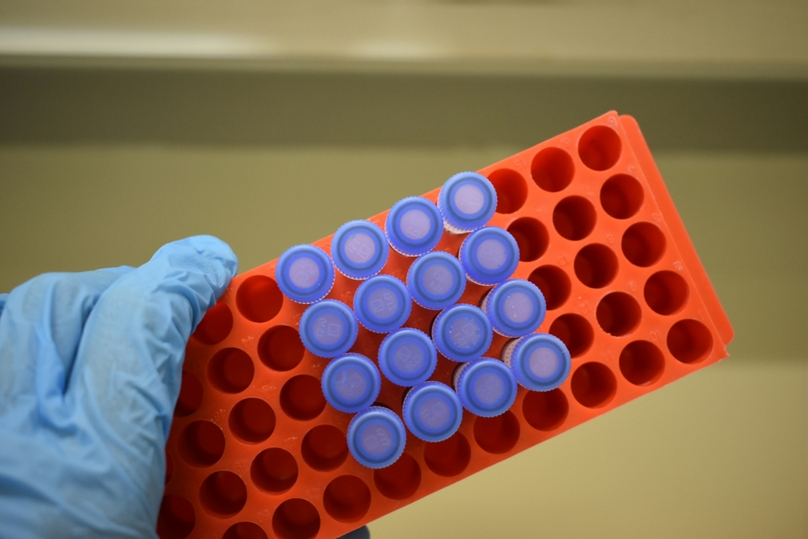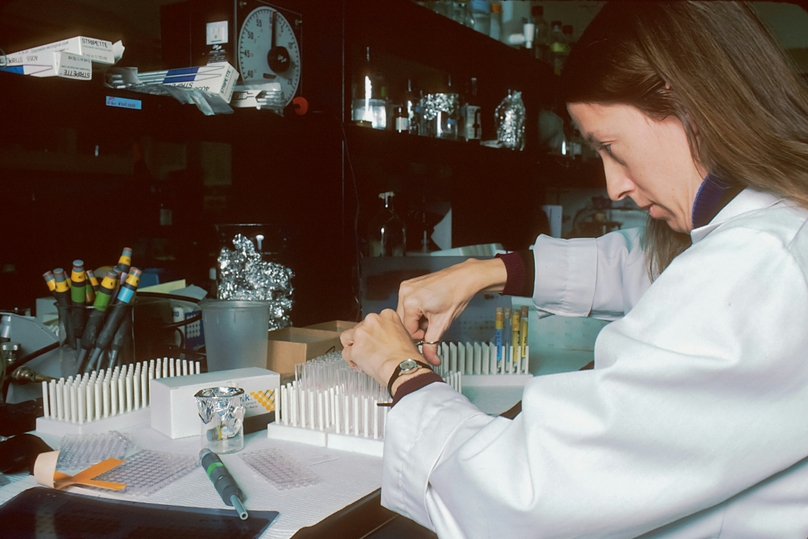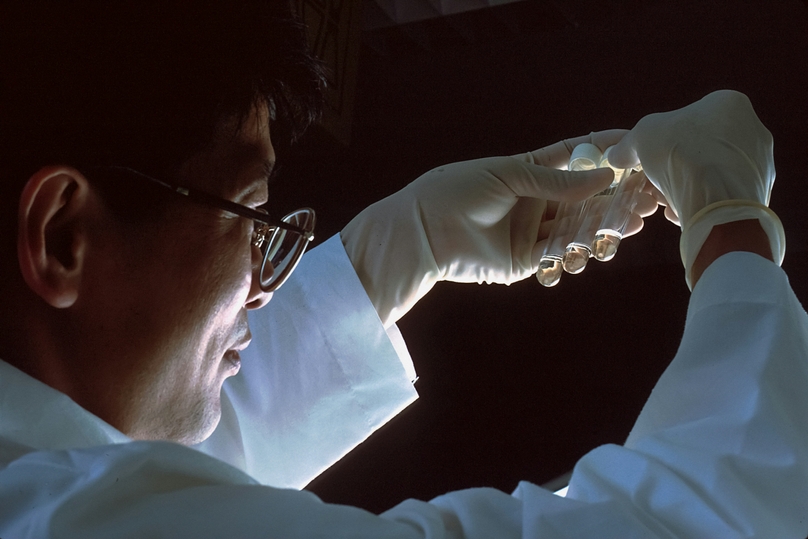In the dynamic world of biotechnology, where research breakthroughs pave the way for groundbreaking advancements, efficient laboratory operations are essential. The intricacies of biotech research demand not only scientific expertise but also streamlined processes to ensure accuracy, reproducibility, and timely results. This is where process management workflows step in, playing a crucial role in optimizing biotech lab operations.
Understanding Process Management Workflow
Process management workflow involves the systematic design, execution, monitoring, and optimization of work processes within an organization. In the context of biotech labs, this encompasses everything from experimental design and sample preparation to data analysis and reporting. A well-structured workflow provides a clear roadmap for each step, minimizing errors, maximizing efficiency, and fostering collaboration among lab members.
Advantages of Implementing Process Management Workflow in Biotech Labs
Properly orchestrating laboratory processes through well-designed workflows brings forth numerous benefits for biotech research and development:
Enhanced Efficiency: Biotech experiments often involve complex protocols and multiple steps. A structured workflow ensures that every step is carried out in a consistent manner, reducing the likelihood of errors and rework. Researchers can follow predefined procedures, minimizing the time spent on troubleshooting and increasing overall efficiency.
Standardization and Reproducibility: Consistency is paramount in biotech research. By defining standardized protocols within a workflow, labs can achieve high levels of reproducibility. This is crucial for validating results and allowing other researchers to replicate experiments accurately.
Resource Optimization: A well-defined workflow helps labs allocate resources more effectively. Researchers can accurately estimate the time, materials, and equipment required for each experiment, reducing unnecessary expenses and preventing overutilization of resources.
Risk Reduction: Biotech labs handle sensitive materials and data. A workflow that incorporates safety measures, quality controls, and data tracking can minimize risks associated with sample contamination, equipment malfunction, or data integrity issues.
Collaboration and Communication: A structured workflow promotes collaboration among lab members. Researchers can easily understand each other's progress, exchange insights, and step in when needed, leading to better teamwork and faster problem-solving.
Regulatory Compliance: Biotech labs often operate under strict regulatory frameworks. A well-documented workflow can help labs adhere to regulations by ensuring that all necessary protocols and documentation are in place.
Implementing Process Management Workflow in Biotech Labs
Efficiently streamlining processes within biotech labs requires a strategic approach. Here's how to establish and optimize a productive workflow:
Identify Processes: Begin by identifying the key processes in your lab, such as sample collection, experimental design, data analysis, and reporting.
Define Steps and Protocols: Break down each process into clear, sequential steps. Develop standardized protocols for each step, including materials, equipment, and safety precautions.
Create a Workflow Diagram: Visualize the workflow using flowcharts or process diagrams. This provides a clear overview of the entire process and helps lab members understand their roles and responsibilities.
Use Digital Tools: Utilize digital tools such as Laboratory Information Management Systems (LIMS) or electronic lab notebooks (ELNs) to document and manage workflows. These tools offer features like task assignment, progress tracking, and data storage.
Training and Onboarding: Train lab members on the established workflow. New members should undergo comprehensive onboarding to ensure they understand and follow the standardized procedures.
Continuous Evaluation and Improvement: Regularly review and refine your workflows based on feedback and outcomes. Embrace a culture of continuous improvement to adapt to changing research needs and advancements in technology.
By streamlining operations, enhancing collaboration, and reducing errors, these workflows empower biotech labs to deliver consistent, high-quality results. As technology continues to evolve, embracing process management workflows is not just a choice, but a strategic necessity for labs looking to stay at the forefront of innovation and contribute to the advancements that shape our future.


















